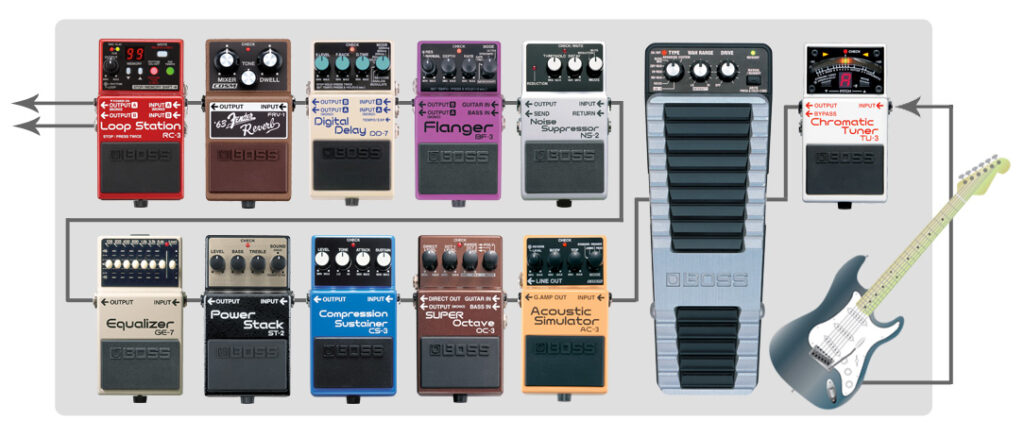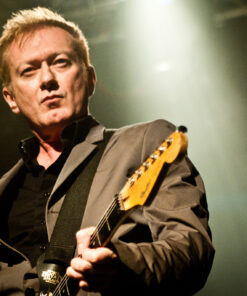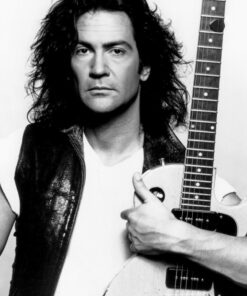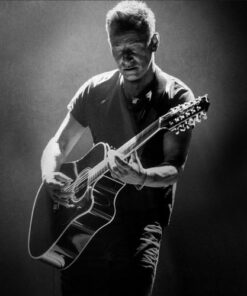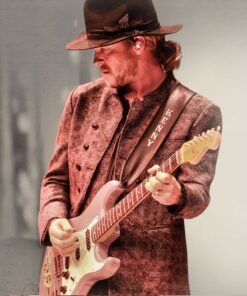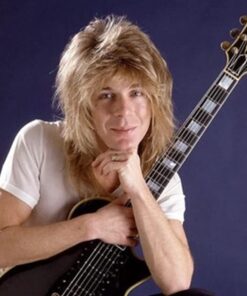Guitar Effects, Pedals & Pedalboards
Guitar Pedal Order | Pedalboard, Pedal Signal Chain
Did you decide to play electric guitar? If so, you first need to get an electric guitar and amp. The next step will be to explore the world of effects. Guitar pedal order / pedalboard order / effects pedals can be grouped separately based on the functions they perform. The key to understanding the difference between pedal bands is to bring them together in a chain to get the best sound.
When you read this article, you will have an idea about these question below about guitar pedal order.
- Does the order of guitar pedals matter?
- How should I organize my guitar pedals?
- What pedal should I buy first?
- Where should EQ pedals be placed?
- Where should fuzz pedal go in chain?
- What is the ideal pedalboard order?
Pedalboard Order | Guitar Pedal Signal Chain
Although there are some exceptions, a pedal sequence like the one below would be ideal .
For pedalboard order, tuner pedal first, then wah-wah or similar filters, then compressor / limiter, then overdrive / distortion, EQ, then chorus / flanger / phaser / tremolo and similar modulation effects, followed by time-based effects i.e. delay, reverb and final The volume pedal can come at the end of the signal chain, just before the noise gate or just before the delay, reverb.
It is beneficial that the tuner can work properly and the input signal is not effected. So I think our reason for putting the Tuner first is clear enough.
It is a good idea to place it at the top of the signal chain to get good efficiency from EQ filters such as pedal-wah, auto-wah or envelope filter. However, you should definitely try placing the wah behind the overdrive/distortion pedals.
Dynamic range modifiers such as compressor and limiter will finalize the level of the guitar signal. So you have to feed the other pedals with the signal from the compressor / limiter. If you put a pedal like Compressor behind a repeater pedal such as delay, you can witness that the repetitions that need to decrease gradually will increase rather than decrease, and the delay effect will distort, so to speak!
You should place pedals right after the compressor, such as overdrive and its derivative distortion, which determine the amount of gain in the tone and give the tone its basic shape. After that, you can change the frequency balance of the tone with an EQ pedal, which allows you to fine tune the essence of the tone. You can also try using EQ before overdrive / distortion, listen and decide.
Pedal Order |Modulation Effects
Next are modulation effects: chorus, flanger, phaser, tremolo, ring modulator, vibrato. These differentiate the tone by modulating a copy of the signal. Try to use the modulation effects in stereo if possible. Although it is not exactly a modulation effect, you can also use phitch shifter and harmonizer effects here.
Pedal Chain Order |Reverb
Later, there are reverb pedals that give the sound a sense of depth, imitate the acoustic properties of physical spaces, and a delay effect, which the old described as echo, repeating the sound.
Guitar Pedal Signal Chain |Noise
You can put a noise gate to cut the noise at the end. Noise gate is a pedal that automatically cuts the sound when the signal level goes below a certain level. Because if the signal below the threshold level is not a real performance, it will be bottom noise. However, you have to be careful while setting the noise gate. If you keep the threshold level high, you will eat the sustain of the guitar, the notes that you intentionally want to extend are suddenly and artificially cut and damped.
The noise gate is used as the last link in the pedal chain to completely cut off the background noise from all pedals, usually. In fact, since it is known that pedals such as compressor, overdrive, distortion are the most important source of bottom noise, modulation and time-based effects do not cause background noise in general, the noise gate can be placed just behind the overdrive / distortion derivative pedals, that is, right in front of the modulation pedals.
Consequences
By the way, it is useful to mention the use of send / return. While some musicians place all pedals between guitar and amp, others like me use wah-wah, compressor, overdrive, EQ pedals with modulation between guitar and amp, and send / return effects that are not available in every amp. In this scenario, you will exit the send on the amp, enter the modulation pedal in the first row, exit the last pedal and connect it to the return input on the amp. It is much better if some amplifiers have stereo return, as I have previously stated that such effects are much better when stereo is used.
Dear friends, you should know that what is mentioned in this article are not strict and strict rules and you should not avoid trying different combinations. Listen to the results and decide with your ear. Good luck with.
The picture below shows the example of ideal pedalboard order. You can find more details on pedal chain order on Boss Website

Here are other related articles
